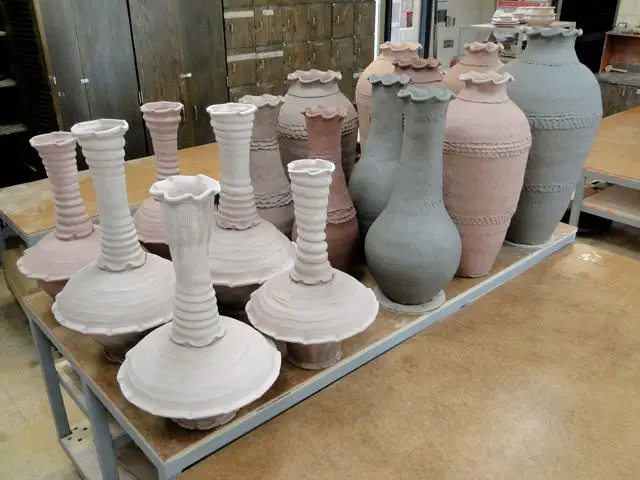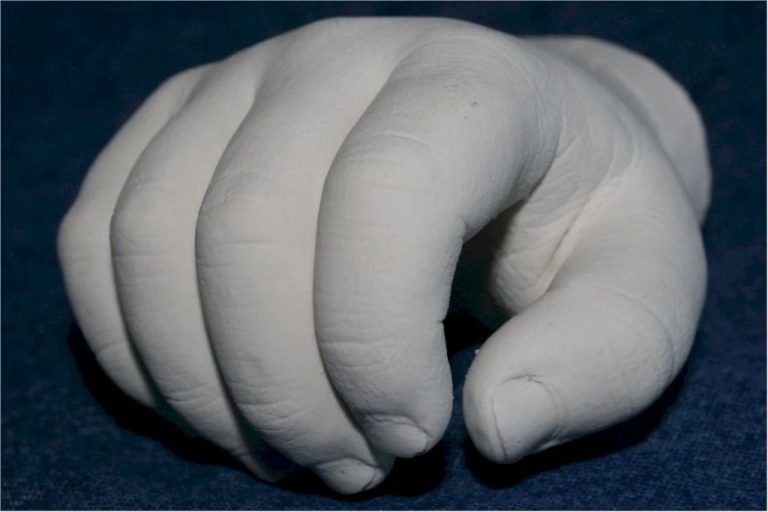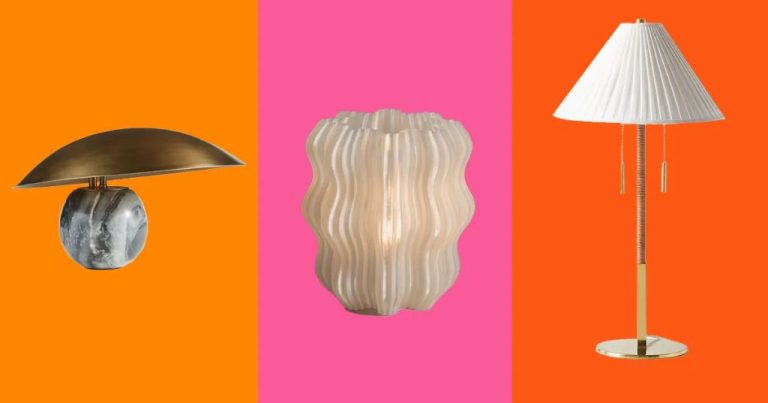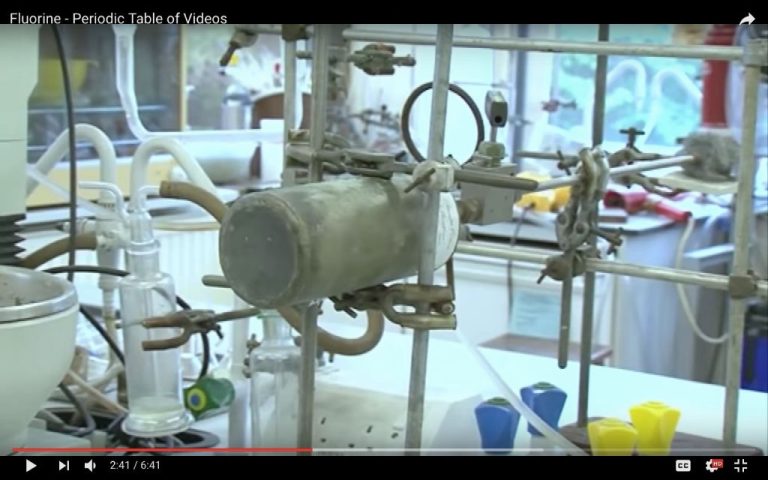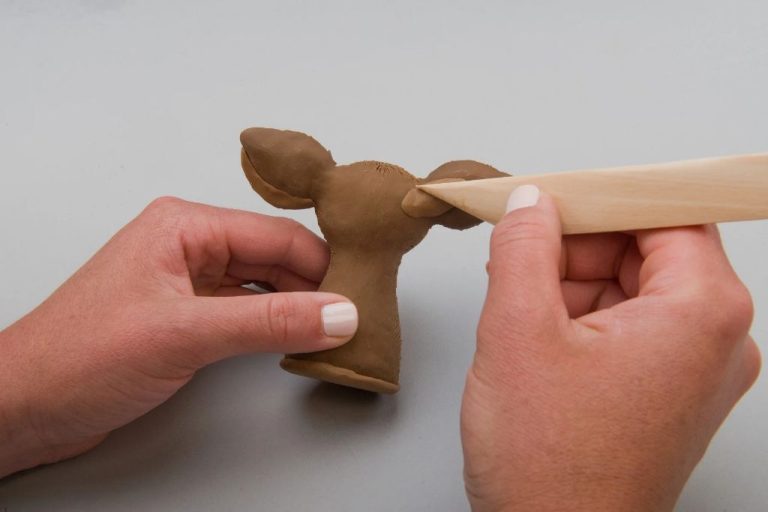What Cultures Use Coil Pots?
Coil pots are one of the oldest forms of pottery, dating back over 20,000 years. They are made by rolling ropes or coils of clay into circles or spirals and building up the sides of the pot gradually. As one of the most fundamental pottery techniques, coil pots have been used across many cultures throughout history.
Evidence of coil-built pottery has been found on multiple continents, including North and South America, Africa, Asia, and Europe. Various Native American tribes, ancient African civilizations, Asian pottery traditions, and European prehistoric cultures all produced coil pots. While techniques and styles varied, the basic process remained fundamentally the same across continents and eras.
The first coil pots were likely created over 20,000 years ago during the prehistoric Jomon period in Japan. Early coil pots were relatively simple, but over time potters developed innovative techniques for strengthening pots and decorating them with elaborate patterns and designs. The versatility of the coil method allowed ancient potters to craft many styles and shapes of pots for cooking, storage, rituals, and more.
Coil Pots in Native American Cultures
Coil pots have a long history of being used by Native American cultures for utilitarian and ceremonial purposes. Three major cultures known for their coil pottery traditions are the Pueblo cultures of the Southwest, Navajo, and Cherokee.
The Pueblo peoples, including the Hopi, Zuni, Acoma, and Taos pueblos, are renowned for their intricately painted ceramic pots. Coil building has been their primary construction method for centuries. Pueblo potters roll out long coils of clay and stack them to form the vessel shape. Designs often feature geometric patterns and represent elements from Pueblo cosmology. Famous examples are the seed pots and storyteller figures made by Hopi potters (“Native American Coil Pots”).

Historically, Navajo pottery emphasized function over decoration. Navajo pots were generally unpainted and used for tasks like carrying water and cooking. They were formed from coils and fired over an open flame. Over time, Navajo pottery began incorporating more decorative elements borrowed from other Southwest tribes (Pinterest).
The Cherokee originally used coiled basketry more than ceramics. But when they were relocated to Oklahoma in the 1800s, Cherokee potters adopted coil-building methods to create vessels. Traditional Cherokee coil pots have a rustic, organic aesthetic with stamped or carved designs.
Coil Pots in Africa
Coil pots have a rich history of use across many cultures in Africa. Two groups well known for their coil pottery are the Igbo and Hausa people of West Africa. The Igbo traditionally used coil pots for cooking, storing water and grain, and carrying items. Their pots often featured intricate designs and patterns made by impressing objects into the wet clay [1]. The Hausa also made coil pots for utilitarian purposes like cooking, and their pots sometimes had ornate finishes like red slip and resin coating [1].
In Ancient Egypt, coil pots date back thousands of years and were an essential part of everyday life. Coil pots held items like food, water, oils, and ointments. They were often decorated with painted designs. Archaeologists have uncovered remarkably well-preserved examples of Ancient Egyptian coil pots [2]. These pots provide insight into the skilled artistry and cultural practices of Ancient Egypt.
Across Africa, coil pots showcase the creativity and artistry of their makers. The unique regional styles reflect cultural values and demonstrate these vessels’ importance for daily tasks.
Coil Pots in Asia
Coil pots have a long history in several Asian cultures, particularly in Japan, Korea, and China. In Japan, coil pots are known as tsubo and were originally made and used for storage and fermentation. Some of the earliest evidence of coil pottery made in Japan dates back to the Jōmon period over 10,000 years ago.
In Korea, coil pot techniques have been used since prehistoric times to produce simple earthenware vessels. Styles of Korean coil pots evolved over the centuries, including buncheong ware in the 14th-16th centuries which featured simple coil-built stoneware pots that were then decorated with slip trailing designs.
China has a very long and rich history of coil and pinch pottery traditions. Chinese coil pots date back over 10,000 years to the Neolithic period and continued to develop over successive dynasties. Type of Chinese coil pots include yue ware from the Han dynasty, Longquan celadon from the Song dynasty, and delicate porcelain vessels. Pickling pots, known as zuòyángpíng, are still coil-built today in some regions of China. (Source)
Coil Pots in Europe
Coil pots have a long history of use in ancient European cultures. In the Neolithic era, from around 6,000 BCE, most ceramics in Europe were made using the coil technique (The Pottery Wheel). This method continued to be popular through the Bronze Age which followed the Neolithic era.
In ancient Greece and Rome, coil-built pots were a common household item. Greek potters used coils to shape utilitarian vessels like jars, bowls and pots for storing and serving food and drink. According to Maclay Ceramics, coil construction was also used for Greek funerary art placed in tombs. The ancient Romans also produced coil-built pottery for daily use.
Coil techniques were widely used by Celtic cultures across Europe. The Celts crafted thick-walled pots, bowls and jars from coils of clay. These were often decorated with incised geometric designs. Coil pots have been found at many archaeological sites of ancient Celtic settlements.
Coil Pot Techniques
There are several key techniques used when making coil pots:
Coiling – This refers to rolling out “snakes” of clay and then stacking them on top of each other to build up the walls of the pot. The coils are attached together by blending and smoothing the seams.
Pinching – Pinching is used to connect the coils together. The seams between coils are pinched and pressed together to bond them.1
Scraping – A wooden or metal tool can be used to scrape the coils smooth and even out the surface. Scraping blends the coils together.
Smoothing – The pot is smoothed using fingers, tools, or a wet sponge to create a uniform finished surface. The pinching and scraping help blend the coils, and the smoothing polishes it into a continuous form.1
Decorating Coil Pots
There are many ways to decorate coil pots to make them unique and visually striking. Some of the most common decoration techniques include:
Painting
Painting coil pots is a simple yet creative way to add color and design. Traditionally, earthy pigments made from natural materials like plants, minerals, and clay were used to paint coil pots. Pigments ranged from ochre reds, yellows, browns to black and white. Modern coil pots can be painted with acrylics or watercolors in any color imaginable.
Burnishing
Burnishing is a technique where the surface of the coil pot is rubbed and polished with a smooth tool while the clay is still wet. This compresses the clay and creates a smooth, shiny surface. Burnishing can either cover the entire pot or be used to accent certain areas.Natural earth pigments were traditionally used, but modern colored slips can also be applied before burnishing.
Incising
Incising involves using a sharp tool to carve lines and patterns into the surface of the coil pot. This can be done on wet or leather-hard clay. Incising allows artists to add intricate designs full of lines, dots, shapes and textures.
Adding Handles/Lids
Coil pots often have handles made by joining coils into a loop. Pulling up peaks and attaching coils are other options. Handles allow for functional use. Lids can also be crafted from clay coils and attached to the rim of the pot.
Firing Coil Pots
There are various methods for firing coil pots, with some of the most common including pit firing, kiln firing, and raku firing.
Pit firing involves placing the pottery pieces into a shallow pit in the ground, covering them with organic material like sawdust or leaves, and lighting a fire on top to heat the pieces indirectly. The smoke from the burning materials will enter the porous clay and create interesting effects on the finished pots (Pottery by Pierre: Barrel Firing). Pit firing allows potters to fire pieces with minimal equipment and was commonly used in ancient cultures.
Kiln firing involves heating the pottery in an electric or gas-fired kiln to between 1,600-2,400°F depending on the clay type. Kilns allow for more control over the firing temperature and atmosphere compared to pit firing. There are various kiln designs, like updraft and downdraft kilns, that affect air circulation and heat distribution (How to Make a Coil Pot). Kiln firing results in more uniform effects on the clay.
Raku firing is a specialized technique that involves removing red-hot pottery from the kiln and placing it into containers with combustible materials like sawdust. This produces dramatic crackling effects and metallic lusters on the surface. Raku firing originated in 16th century Japan and remains popular for making decorative or sculptural pieces.
Modern Use of Coil Pots
In modern times, coil pots are still made and used for art, sculpture, and pottery classes. Many artists enjoy working with coil techniques to create unique shapes and decorative patterns on pots. Coil building allows artists to carefully control the form and add intricate details.
Coil pots are popular projects in pottery and ceramic sculpture classes. Students learn how to roll out and join coils to make vessels. Teachers often demonstrate techniques like scraping and paddle stamping to texture coil projects. Firing brings out beautiful colors and finishes on modern coil ware.
Another common use today is by artisans who sell handmade coil pots online or at craft fairs. Coil vessels make wonderful decorative objects for the home. Many potters develop a signature style, forming their coil pieces into specific shapes like bowls, vases, cups, and pitchers. The handmade quality and one-of-a-kind designs allow potters to charge premium prices for their coil pottery.[1]
Conclusion
As we have seen, coil pots have been an important part of cultures around the world for thousands of years. From the Native Americans in North America, to cultures across Africa, Asia, and Europe, coil pots have provided both utilitarian and artistic vessels for storing food, carrying water, and expressing creativity.
The coil pot technique involves rolling out and stacking coils of clay to build up the walls of the pot. Once the coils are smoothed together, the pots can be decorated with carvings, paints, or glazes. Coil pots are then fired to harden and preserve the clay.
While the basic coil technique is similar across cultures, coil pots have developed unique styles and decorations based on local traditions. From the elaborate Mimbres pots of the Native Americans, to the earthy textures of African pots, to the delicate decorations of Asian raku ware, coil pots reflect the identities of the cultures that create them.
In the modern era, coil pots continue to be made both for practical use and as an art form. As a versatile, ancient, and globally significant craft, coil pots remind us of humanity’s common impulse to shape clay into vessels that serve community needs and express our shared human creativity.

